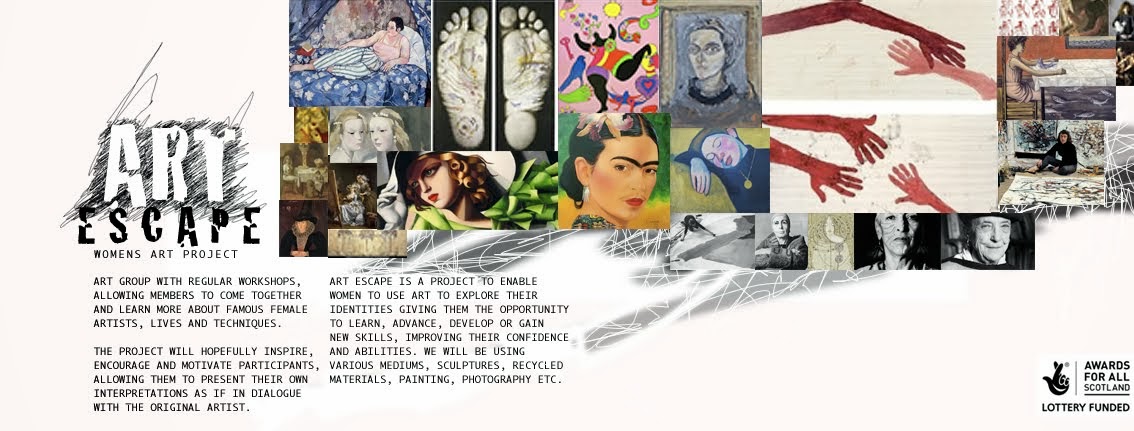10 women, 10 lifes, and Tamara de Lempicka, ghost and
inspiration.
I tried to paint but I can't. Something is not natural when
I do it; If you gave me knitting needles I would feel the same. Anyway, when I
think about creation I think about the idea: writing, painting or photography
are exactly the same for me, everything is like breathing, inhalate life, and
exhalate it.
So, it's
decided, I will play with words while people around me play with colours. It's
assumed that I should paint Adam's legs, could it be with sentences? It would
be about desire and sin, the curve of the knees as forbidden place, the most
dangerous because it looks innocent; line between them like these cracks to
other reality, the desired one that stays hidden in the shadows.
Tamara de Lempicka talked about sex at the beginning of
the last century. While people was thinking in wars, she was painting the
luxury that was not going to last forever. People she paints are out of this
world. They don't look to the viewer because they don't care at all, their gaze
pierces us because we are not at the same level. But there is sadness on them,
a kind of melancholy, maybe because they intuit the end. The end of an era that
they ignored; they didn't belong to the same world. (Ana González Chouciño)
 * Many art forms dominated by women have been historically
* Many art forms dominated by women have been historically 









